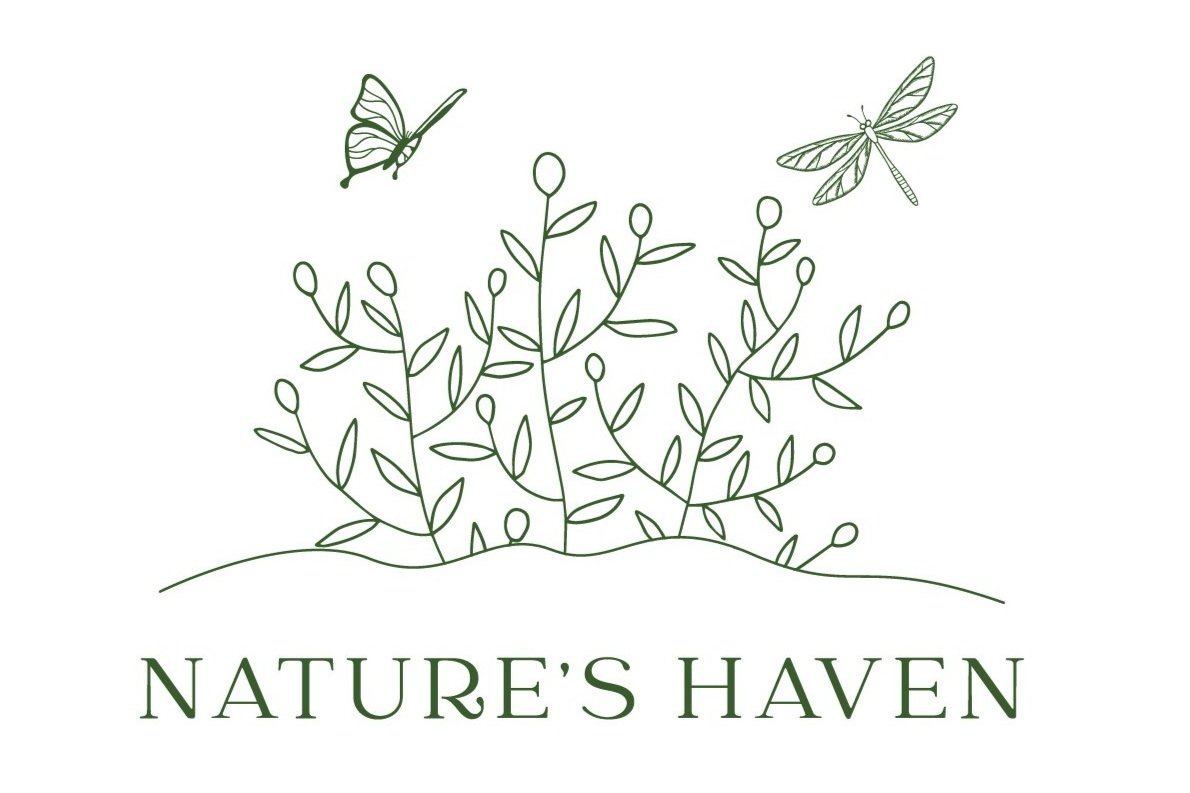Blue elderberry - Sambucus nigra ssp. caerulea
Plant type: shrub, deciduous
Height: 10-20’
Growth rate: fast
Features: flattened white clusters of flowers (May-Jul) that turn to blue, edible berries in September. (Cook first for best results.)
Ecological benefits: small mammals and 30+ species birds eat the berries during fall migration! Caterpillar host for many native butterflies/moths including the white-lined sphinx moth and Virginian tiger moth (or yellow wooly bear moth). Avoid pruning! Elder sticks are great for mason bees and old wood is great habitat for the wood ear fungus Auricularia auricula-judae.
PPL: yes
Light - full to part sun
Soil - dry to moist or seasonally wet
Plant type: shrub, deciduous
Height: 10-20’
Growth rate: fast
Features: flattened white clusters of flowers (May-Jul) that turn to blue, edible berries in September. (Cook first for best results.)
Ecological benefits: small mammals and 30+ species birds eat the berries during fall migration! Caterpillar host for many native butterflies/moths including the white-lined sphinx moth and Virginian tiger moth (or yellow wooly bear moth). Avoid pruning! Elder sticks are great for mason bees and old wood is great habitat for the wood ear fungus Auricularia auricula-judae.
PPL: yes
Light - full to part sun
Soil - dry to moist or seasonally wet
Plant type: shrub, deciduous
Height: 10-20’
Growth rate: fast
Features: flattened white clusters of flowers (May-Jul) that turn to blue, edible berries in September. (Cook first for best results.)
Ecological benefits: small mammals and 30+ species birds eat the berries during fall migration! Caterpillar host for many native butterflies/moths including the white-lined sphinx moth and Virginian tiger moth (or yellow wooly bear moth). Avoid pruning! Elder sticks are great for mason bees and old wood is great habitat for the wood ear fungus Auricularia auricula-judae.
PPL: yes
Light - full to part sun
Soil - dry to moist or seasonally wet








